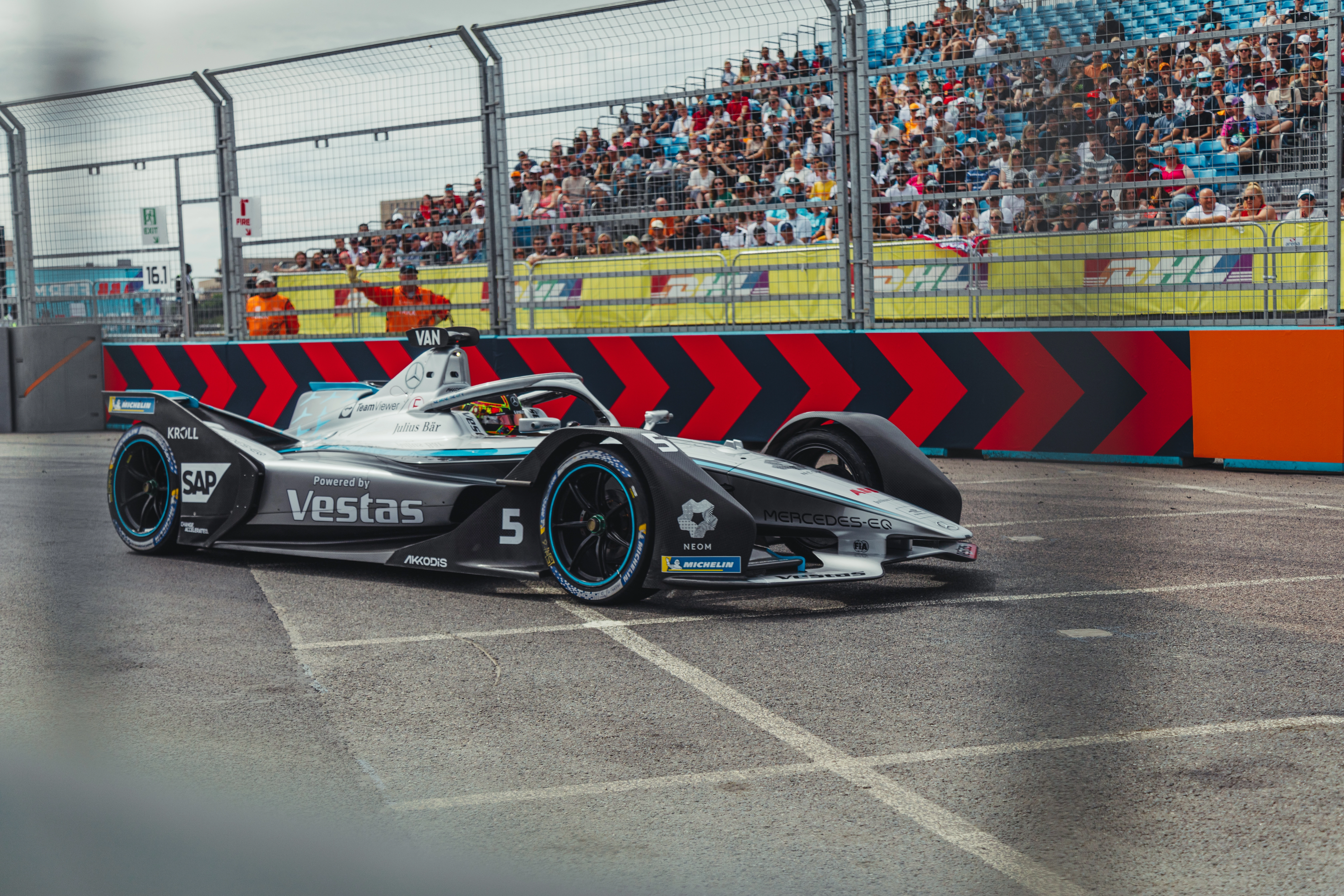How does the new Formula E car perform compared to similar elements in F1?
- William Stephens

- May 3, 2022
- 3 min read
Written by William Stephens, Edited by Sasha Macmillen

Whilst yesterday’s reveal mainly focused on the bodywork and its styling, many overlooked the surprising stats of this revolutionary new car, such as its 95% power efficiency at 350kW (470BHP) compared to the roughly 40% that an internal combustion engine will have. While its raw power is half that of the Formula 1 car(1000BHP), both cars will be able to reach a similar top speed of 200mph (322kph).
The Formula E car is not only power efficient, it will also be able to regenerate 40% of its energy during a race and be charged during the race at an ultra-high-speed for an extra 600kW. While refuelling is banned in F1, Formula E has worked out a way to safely add large amounts of energy to the battery in short periods. The new car has no rear hydraulic brakes with its new focus on regenerative braking at both the front and rear, with all 4 wheels being driven for the first time in a formula spec car. F1 doesn't use the same style of regenerative braking as Formula E, but does have engine braking which works in a similar way. The MGUK units that take heat energy from the engine and brakes convert it to electric energy to charge the battery.
The most noticeable difference between the two cars is the spec styling of formula e with its aggressive front wing element aiming to add downforce, while still being strong enough to last a race of aggressive racing that happens in the street races of Formula E. The bodywork is also made in the most sustainable way possible, recycling the carbon fibre from gen 2 as well as recycling any waste carbon with methods taken from the aviation industry. The car will also use linen in the bodywork construction. In F1, almost everything is carbon fibre with limited use of recycled materials, something that will be pushed forward in the near future.

The tyres will be from manufacturer Hankook for gen 3, with natural rubber and recycled fibres making 26% of the tyre. Unlike the tyres in f1 they are all-weather tyres, not slicks, meaning they will be mechanically slower than f1 as well as having less downforce.
Alejandro Agag, founder of Formula E said: “The Gen3 represents the ambitious third age of Formula E and the ABB FIA Formula E World Championship. With every generation of race car, we push the boundaries of possibility in EV technology further and the Gen3 is our most ambitious project to date. The eyes of the world are on the Principality for the Monaco E-Prix and we are proud to reveal a car that [has] been two years in the making in the historic home of motorsport. My thanks go to the great team behind it at Formula E and the FIA - the future of all-electric racing is bright.”
Mohammed Ben Sulayem, FIA President said: “Both technologically and environmentally, Gen3 sets new standards in the sport. The FIA and Formula E development teams have done a superb job, and I thank them for their hard work on this project. I am delighted to see so many leading manufacturers already signed up to the championship’s next era and await Gen3’s competitive debut in Season 9 with great anticipation.”








Comments